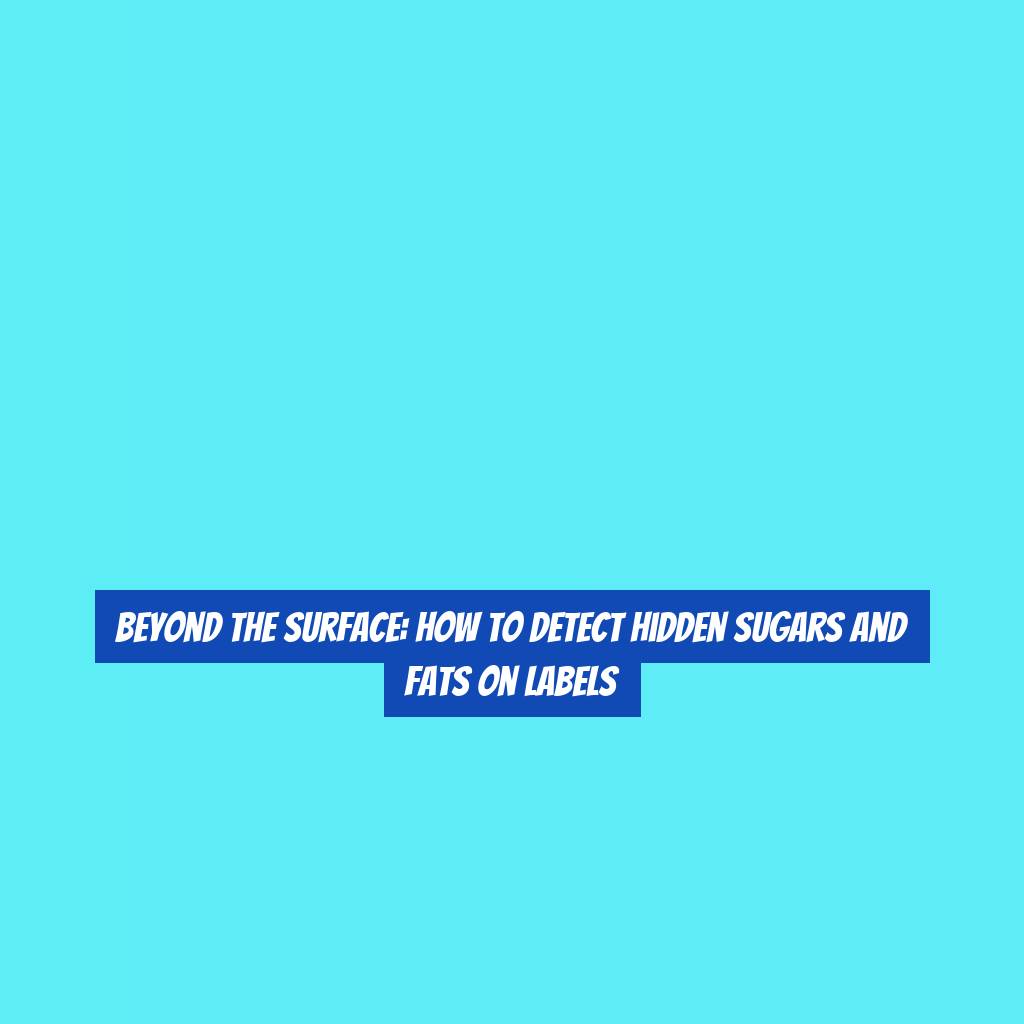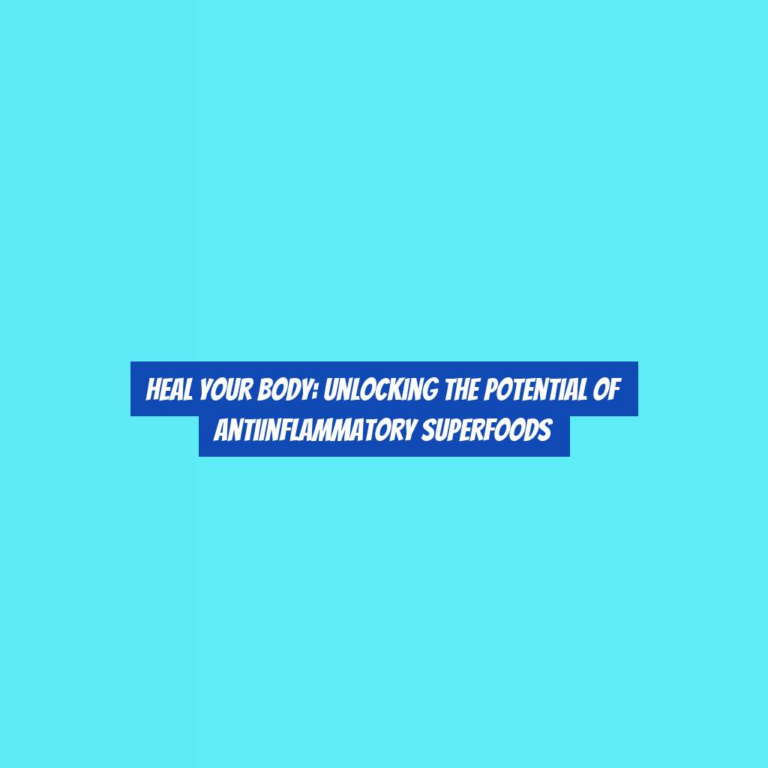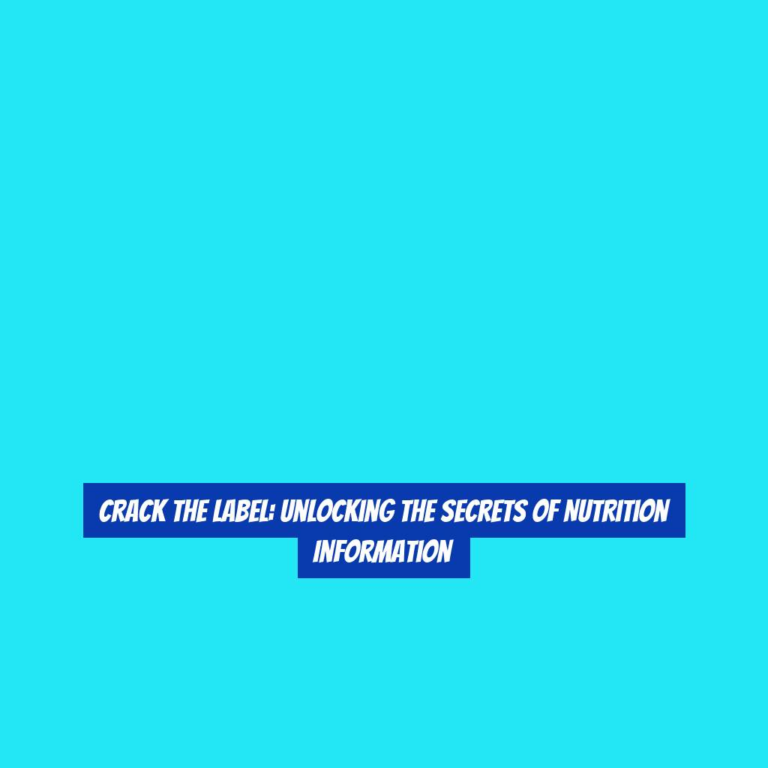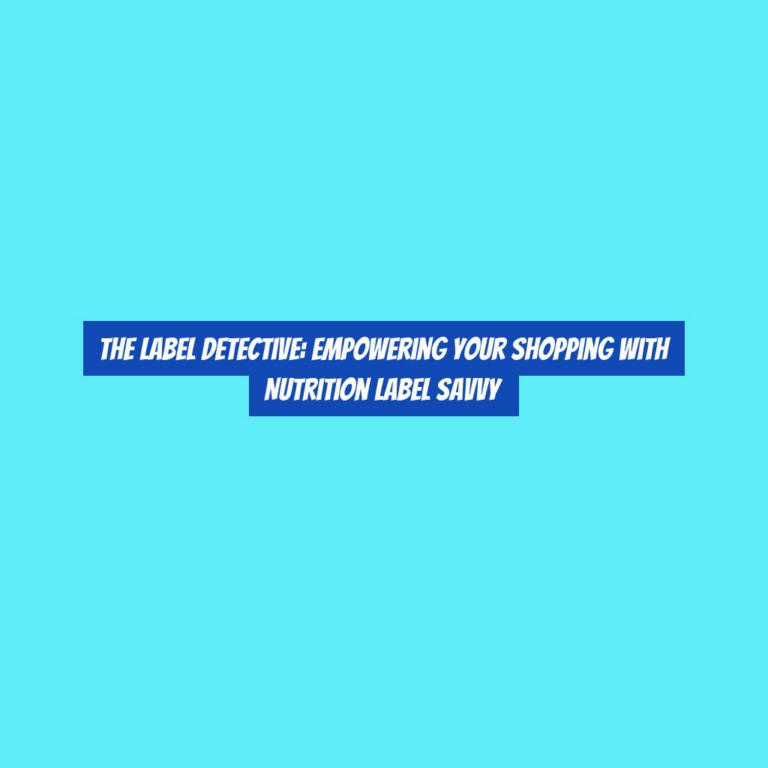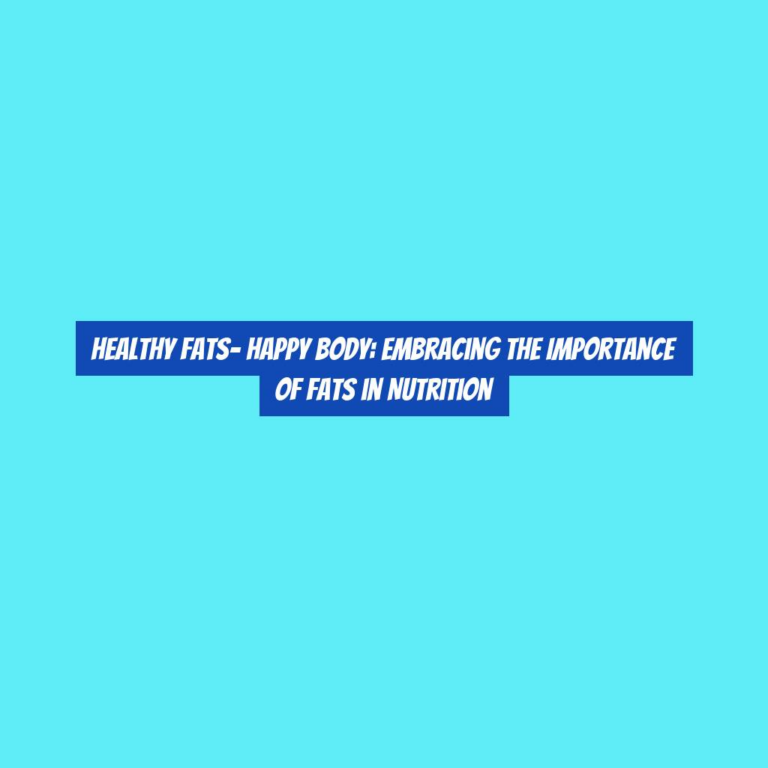Beyond the Surface: How to Detect Hidden Sugars and Fats on Labels
You may think you have a good handle on deciphering food labels, but the truth is, many hidden sugars and fats lurk beneath the surface of those seemingly innocent packaging. Uncovering these sneaky ingredients requires a keen eye and a thorough understanding of how to navigate through the marketing jargon and serving size tricks.
By the end of this discussion, youG??ll have the tools to make informed choices about the foods you consume, leading to a healthier lifestyle.
Understanding Sugars and Fats
Understanding sugars and fats is essential for making informed decisions about your diet and overall health. When it comes to sugars, itG??s important to distinguish between naturally occurring sugars, such as those found in fruits and dairy products, and added sugars, which are often hidden in processed foods and drinks. Added sugars can go by many names on ingredient lists, such as high fructose corn syrup, cane sugar, or maltose, making them tricky to spot. Being able to recognize these hidden sugars is crucial for managing your sugar intake and maintaining a balanced diet.
Similarly, being able to identify different types of fats is key to understanding their impact on your health. For example, while trans fats are known to increase the risk of heart disease, monounsaturated and polyunsaturated fats, found in foods like avocados and nuts, can have positive effects on heart health. By reading food labels and understanding the various terms used to describe fats, you can make more conscious choices about the fats you consume.
Ultimately, by arming yourself with knowledge about sugars and fats, you can take control of your diet and work towards a healthier lifestyle.
Decoding Ingredient Lists
To make informed choices about the foods you consume, you need to decipher ingredient lists accurately. Ingredient lists can be complex and confusing, but understanding them is crucial for making healthy choices.
Start by focusing on the first few ingredients, as they make up the majority of the product. Look out for hidden sugars and fats by checking for terms like high-fructose corn syrup, dextrose, sucrose, and hydrogenated oils. Be wary of ingredients ending in G??ose,G?? as theyG??re often types of sugar. Additionally, keep an eye out for words like G??partially hydrogenatedG?? or G??trans fats,G?? as these indicate unhealthy fats.
Familiarize yourself with the various names for sugar and fat derivatives, such as maltose, lactose, and oleic acid. When the list of ingredients seems endless, remember that the higher an ingredient is on the list, the more of it the product contains.
Identifying Sneaky Marketing Terms
Keep an eye out for marketing terms that may obscure the presence of hidden sugars and fats, as they can lead to confusion when deciphering ingredient lists. Companies often use clever marketing language to make their products appear healthier than they actually are. Terms like G??natural,G?? G??low-fat,G?? G??reduced-sugar,G?? and G??lightly sweetenedG?? can be misleading.
For instance, G??naturalG?? doesnG??t necessarily mean healthy, as it could still contain high levels of sugar or unhealthy fats. Similarly, products labeled as G??low-fatG?? might compensate for the reduced fat content by adding extra sugar for flavor. G??Reduced-sugarG?? products may still contain significant amounts of other sweeteners. G??Lightly sweetenedG?? is another term that can be deceptive, as it doesnG??t provide a clear indication of the actual sugar content.
Be cautious of these marketing tactics and always check the nutrition label and ingredient list for a more accurate understanding of what youG??re consuming. Remember, itG??s crucial to look beyond the front of the package and delve deeper into the actual nutritional content to make informed choices about your food purchases.
Analyzing Serving Sizes
When analyzing serving sizes on food labels, be mindful of how they align with your actual consumption habits to make more informed dietary choices. Serving sizes can be deceptive, so itG??s important to compare them with the amount you actually eat. Sometimes, the serving size listed on a package may be smaller than what you typically consume, leading you to underestimate the amount of sugars and fats youG??re actually consuming. This can be misleading and may contribute to overeating without realizing it.
Utilizing Nutritional Tools
Consider using online nutrition calculators or mobile apps to track your daily intake of sugars and fats more effectively. These tools provide a convenient way to monitor your nutritional intake and make informed decisions about your diet. Here are some benefits of utilizing these nutritional tools:
-
Accurate Tracking: Online nutrition calculators and mobile apps can help you accurately track the amount of sugars and fats you consume, allowing you to stay within your recommended daily limits.
-
Ingredient Analysis: These tools often offer ingredient analysis, enabling you to identify hidden sugars and fats in packaged foods that may not be immediately apparent from the label.
-
Meal Planning: Many apps and calculators offer meal planning features, helping you create balanced meals with controlled sugar and fat content.
-
Educational Resources: Some tools provide educational resources, such as articles and tips, to help you understand how to make healthier choices and reduce your intake of hidden sugars and fats.
-
Progress Tracking: By using these tools, you can track your progress over time, making it easier to adjust your diet and maintain healthier eating habits.
Conclusion
Now that you know how to detect hidden sugars and fats on labels, you can make more informed decisions about the foods you eat.
By understanding the different names for sugars and fats, decoding ingredient lists, and being aware of sneaky marketing terms, you can take control of your diet and make healthier choices.
Remember to analyze serving sizes and utilize nutritional tools to stay on track with your health goals.
YouG??ve got this!
